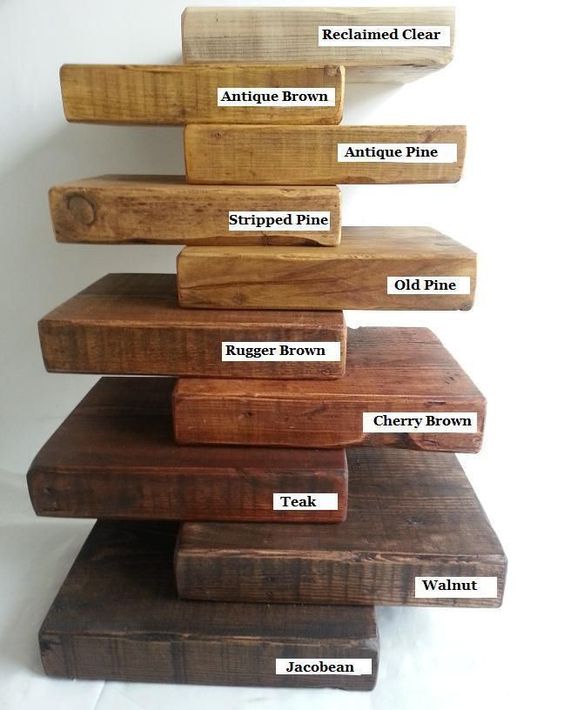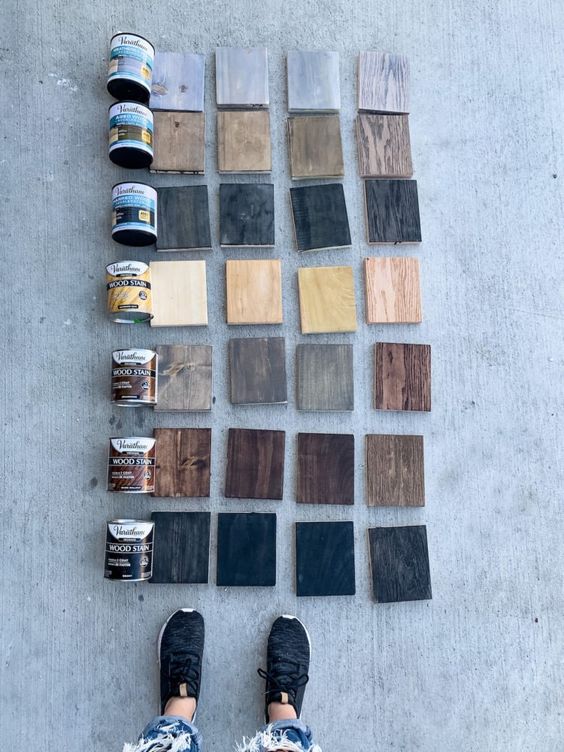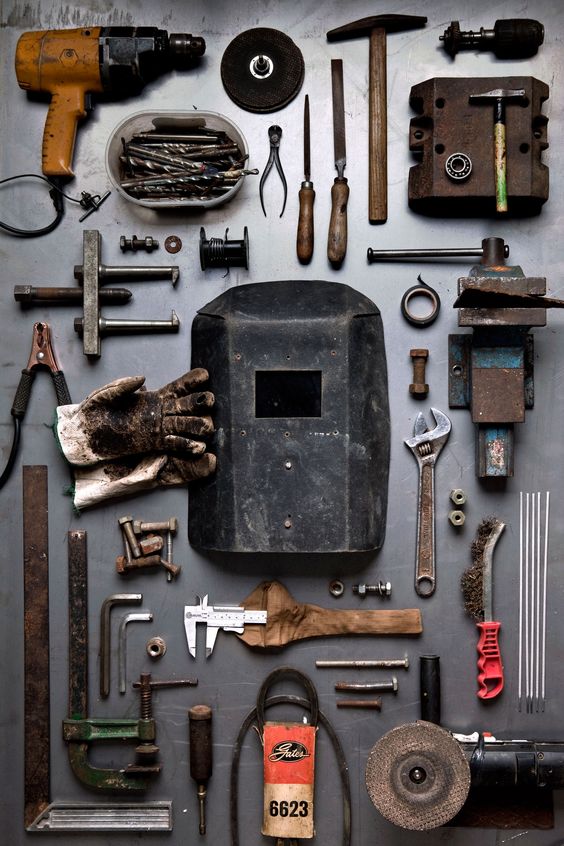
Wood is indeed the backbone of carpentry and understanding its various types is crucial for creating durable, beautiful, and functional pieces.
Each type of wood comes with its own unique set of characteristics that can impact the aesthetics and integrity of your carpentry projects.
This article offers a comprehensive look at various wood types, their properties, and how these characteristics make them suitable for different kinds of carpentry works.
Key Takeaways:
- Understanding Wood Types: Learn about different wood species and their uses in carpentry.
- Characteristics of Wood: Discover the grain patterns, hardness, and durability of various woods.
- Choosing the Right Wood for a Project: Information on selecting the right type of wood based on project requirements.
- Sustainable Wood Sourcing: Importance of choosing sustainably sourced wood options.
- Working with Wood: Tips on cutting, shaping, and finishing wood for optimal results.
Table of Contents
Hardwoods vs. Softwoods

Before diving into specific types, we should clarify the difference between hardwoods and softwoods — a common point of confusion.
Hardwoods are typically sourced from deciduous trees, which lose their leaves annually, such as oak or maple. They are generally denser and hence more durable.
In contrast, softwoods come from coniferous trees, like pine or spruce, and tend to grow faster and are lighter, making them easier to work with.
| Hardwoods | Softwoods |
|---|---|
| Durable and dense | Lighter and softer |
| Expensive | More affordable |
| Rich color tones | Pale color tones |
Popular Hardwoods in Carpentry

Oak
Oak is among the most popular hardwoods used in carpentry, valued for its strength, durability, and rich grain patterns that offer a classic look to furniture and flooring.
Maple
Maple’s fine, even texture, and natural luster make it ideal for detailed work and cabinetry. It is also a favorite for cutting boards due to its hardness and resistance to abrasion.
Walnut
Walnut is renowned for its deep, chocolate tones and straight grain. It’s highly sought after for decorative pieces and specialty woodwork such as gunstocks and musical instruments.
Cherry
Cherished for its reddish-brown hue that deepens with age, cherry is relatively easy to work with and polishes to a high shine, making it perfect for heirloom-quality furniture.
Mahogany
With its signature reddish-brown color and resistance to rot, mahogany is a premium choice for both indoor and outdoor furniture, as well as boat construction.
Popular Softwoods in Carpentry

Pine
Pine is often used for indoor furniture and construction framing. It’s easy to work with, takes well to staining, and is one of the more economical choices for wood projects.
Cedar
Cedar is naturally resistant to decay, moisture, and insects, which makes it a top choice for outdoor furniture, decking, and shingles.
Spruce
Spruce is strong yet lightweight and is primarily used in construction, particularly for framing, thanks to its straight grain and little shrinkage.
Fir
Douglas Fir has a straight grain and is strong, making it ideal for building construction and industrial applications, such as plywood.
Redwood
Redwood is valued for its durability and resistance to insects and decay, which is perfect for outdoor projects like decks and fences.
Selecting the Right Wood for Your Projects

When selecting wood for a project, it’s important to consider the:
- Durability
- Workability
- Aesthetic qualities
- Cost
- Environmental impact
Our comprehensive guide on selecting quality lumber can help you make informed choices and ensure your carpentry meets both your standards and those of your clients.
Woodworking Techniques for Different Wood Types

Each type of wood may require specific techniques for the best results, and knowledge of basic carpentry techniques is essential. Additionally, understanding woodworking joints will provide structural integrity to your creations.
Whether you opt for mortise and tenon joints for hardwood pieces or a simple butt joint for softwood applications, each joint adds to the overall strength and aesthetic of the project.
Finishing Wood

Finishing is a critical step that enhances the natural beauty of the wood and provides protection.
Before you begin, familiarize yourself with basic finishing techniques to choose the right finish, whether it’s a penetrating oil for walnut or a durable varnish for oak.
Sustainable Wood Use
As carpenters, we must also consider the source of our materials. Sustainable wood sourcing can have a significant impact on the environment, and opting for certified sustainable woods helps in the conservation of forests.
Wood and Tool Interaction

Knowing how your tools interact with different types of wood can make a big difference in your carpentry. From hand tools to power tools, each has a role to play in shaping, cutting, and finishing wood.
Proper tool maintenance and care will also ensure they remain in top condition for the best results on any wood type.
As you master your craft, every piece of wood you choose holds the potential for transformation. Understanding the unique characteristics and ideal applications for each type will elevate your work from carpentry to artistry.
Continue to refine your skills with essential carpentry skills and remember that even with all this knowledge, there’s always room to grow and learn in the ever-evolving world of carpentry.
FAQ
What is the difference between hardwood and softwood?
Hardwood is derived from deciduous trees and is generally denser and more durable, while softwood comes from coniferous trees and is usually lighter and easier to work with.
How do I choose the right type of wood for my project?
Consider the wood’s durability, workability, aesthetic, cost, and environmental impact. Our guide on selecting quality lumber offers detailed advice for making the best choice.
Can softwoods be used for outdoor projects?
Yes, certain softwoods like cedar and redwood are resistant to decay and insects, making them suitable for outdoor applications. However, always consider treatment and finish to extend their longevity outdoors.
Why are hardwoods more expensive than softwoods?
Hardwoods are often denser, grow slower, and have a more complex grain pattern, which can add to their cost. Their increased durability and often more appealing aesthetics also contribute to a higher price point.
How do different woods react to wood stains and finishes?
Woods with open grains, like oak, generally absorb stains well, while denser woods with finer grains, like maple, can result in a more uneven finish. For specific tips, check out our guide on beginner wood staining.
Is it more challenging to work with hardwoods than softwoods?
Hardwoods can be more difficult to cut and shape due to their density, but with the right carpentry hand tools and techniques, they can be managed effectively.
Are there eco-friendly alternatives to traditional wood types?
Yes, look for woods certified by the Forest Stewardship Council (FSC) or similar organizations to ensure they come from responsibly managed forests. Bamboo and reclaimed wood are also eco-friendly choices.
How do I prevent the wood from warping or cracking?
Proper acclimatization to the environment, controlled moisture levels, and understanding of seasonal wood movement will help prevent warping or cracking.
Can all types of wood be used for carving and detailed work?
Woods with a finer grain and less hardness, like basswood or walnut, are generally better choices for detailed carving work.
How often should I maintain my tools when working with different wood types?
Tool maintenance should be conducted regularly, regardless of the wood type. Denser woods may dull blades quicker, so frequent checks and care following tool maintenance and care guidelines are essential.

